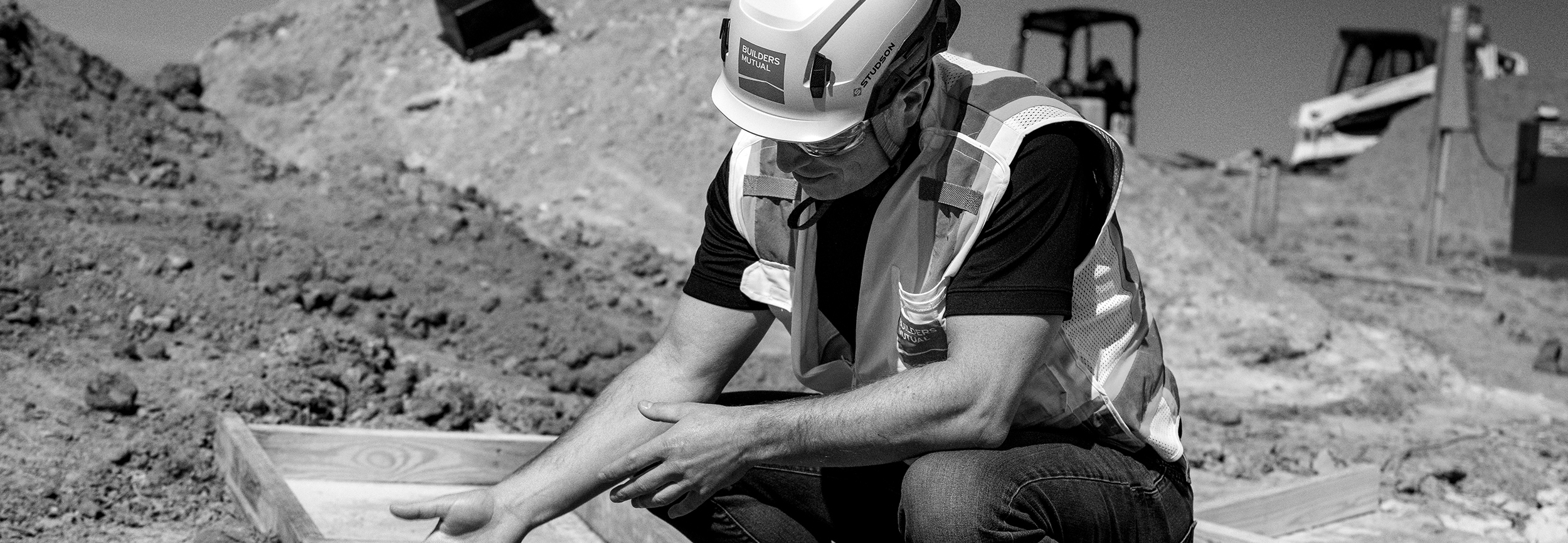Distracted driving is a hazard that affects everyone, from the highway to the job-site. In fact, it has become such a huge safety and health issue that the National Safety Council named April as Distracted Driving Awareness Month to highlight this year-round issue. Every death caused by distracted driving is 100% preventable with the correct training and best practices on the road.
Risk Management expert Sean Purcell joins us to bust the top five myths about distracted driving and share the facts that can keep you and your team safe behind the wheel.
Myth #1: Distracted driving only happens on the road.
It is certainly important to eliminate distracted driving while operating company vehicles on the road, but distracted driving is often overlooked when it comes to company machinery. During the day, employees may actually spend more time behind the wheels of backhoes, bulldozers, and excavators. While operating this heavy machinery, implementing distracted driving best practices becomes more important than ever. Drivers must be aware of their team members at work and the hazards of the job-site.
Myth #2: Hands-free driving solves the issue of distracted driving.
When you or your employees are driving company vehicles or machinery, the task at hand requires your eyes, hands, and mind. With hands-free driving, hands can stay on the wheel and eyes can look out to the road ahead, solving two major problems that phones typically present. Still, hands-free driving doesn’t free the driver’s mind to focus on the task at hand. Instead of paying attention to the surroundings, the driver is still engaged in a conversation and cannot make the best judgments for safe driving or quick decisions needed to prevent an accident.
When it comes to machinery, hands-free driving may mean using headphones or talking on speakerphone instead of using Bluetooth. Distracted driving while operating machinery not only results in damage to other vehicles or equipment, just like driving on the road, it can also cause damage to the job-site or injuries to other employees. Be sure your team understands the risk machinery presents to their teammates working on the ground. It is everyone’s responsibility to work safely around construction equipment.
Myth #3: It’s OK for your vehicle to become your office.
Contractors often find that the only downtime they have for talking about purchase orders or following up with clients is while they’re driving. It’s not uncommon to hear “I’ll call you back when I get in the car” on a job-site.
Your car is not your office. It should not serve as a place to purposefully take calls unless you have pulled over. When you are multitasking, you aren’t doing any of the tasks as well as you could. Plus, you can’t take notes or provide real-time responses for the person you are speaking with. Schedule a time to sit down outside of your vehicle to offer full attention to your tasks.
Myth #4: You can talk on your personal phone while driving.
I have heard workers say, “Our company has a phone policy, but that’s only for company phones.” Even if your company’s official phone policy is in regard to company phones, it really makes no difference. Talking on personal phones while operating company vehicles and machinery presents the same risks to the safety of yourself and others.
I have seen a case where a supervisor disregarded the company policy about company phones and driving, telling an employee to simply make the call on a personal phone. This resulted in an accident and death. And, ultimately, a lawsuit. No matter which phone you use, your responsibility still comes down to turning your undivided attention to the road and protecting the safety of everyone.
Myth #5: Distracted driving doesn’t warrant training or insurance coverage.
A big concern for us at Builders Mutual is that distracted driving and vehicle coverage isn’t always a priority for contractors. Small builders might not have a fleet of company vehicles or require an auto policy for 100 vehicles. Many have just their own vehicles, and their employees also use personal vehicles.
However, if someone runs an errand on the job in a personal car, it becomes a part of work. This means it becomes your responsibility, so you must put in the time to train your employees about safe driving practices.
An investment in establishing and implementing driving policies protects you and your employees on and off the job. Stress to employees that you seek to improve their driving safety at home as well. Talk to your agent about a proper auto policy for your business, and review additional resources on driver monitoring services and safe driving practices that can build on your safety culture.
Content reviewed April 2024.




 Find an
Find an